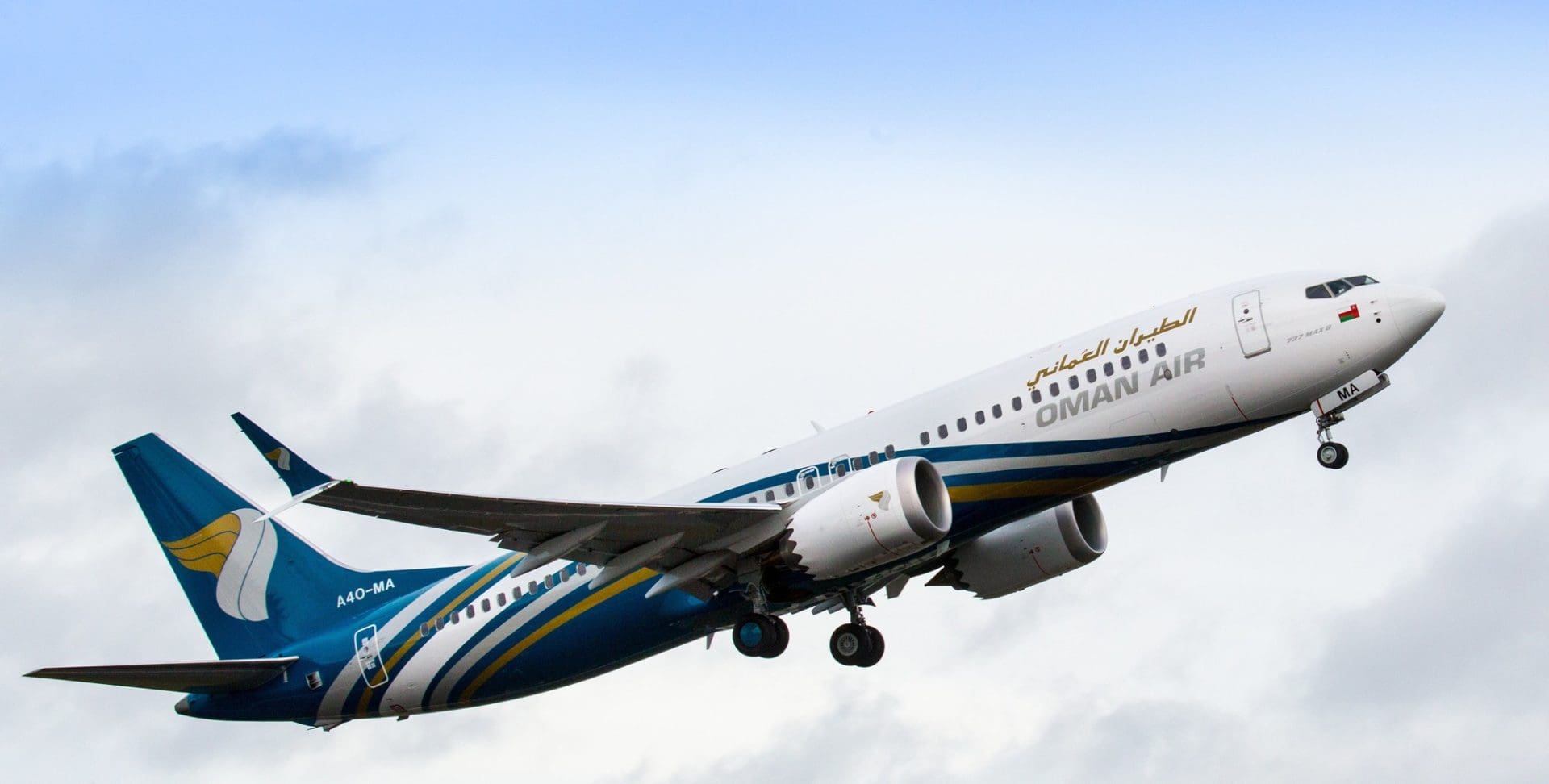
Key Points
- Entering 2021, Boeing hoped to deliver around half of the 425 completed 737 MAX aircraft in its inventory by year-end.
- Instead, it has only reduced its 737 MAX inventory by about 55 units year to date.
- The slow pace of 737 MAX deliveries is weighing on Boeing’s cash flow and delaying its efforts to repair its balance sheet.
Despite these positive factors, Boeing continues to deliver 737 MAX jets to customers at a very slow pace. That’s troubling for investors, because it means that the company won’t be able to convert its massive inventory of completed 737s into cash very quickly.
Inventory stays bloated
Boeing entered 2021 with approximately 425 completed 737 MAX aircraft in its inventory. At the time, it had slowed 737 MAX production dramatically to give itself an opportunity to reduce its inventory in a timely fashion. In its 2020 annual report, Boeing estimated that it would deliver approximately half of its 737 MAX inventory by year-end.
Through the first 10 months of 2021, Boeing delivered 185 737 MAX jets. At first glance, that might appear consistent with its plan to cut its 737 MAX inventory by half this year. However, Boeing has been ramping up 737-family production toward its early 2022 goal of 31 aircraft per month. During the company’s earnings call last month, CEO Dave Calhoun revealed that the 737 production rate had already reached 19 per month.
Boeing appears to have delivered the majority of the 737s it has built in 2021, while most of those that were sitting in its inventory at the beginning of the year continue to languish there. As of Sept. 30, the aerospace giant still had about 370 completed 737 MAX planes in its inventory.
This week, Boeing reported that it delivered 18 737 MAX jets in October. Based on its recent production rate, that means it didn’t make progress on inventory reduction last month. Even if delivery activity picks up a bit over the next two months, Boeing won’t clear even a quarter of its 737 MAX inventory in 2021 (let alone half).
What happens next year?
The 737 MAX delivery rate should improve significantly in 2022. Top customer Southwest Airlines alone has ordered 72 of the 737 MAX 7s for delivery next year. Including United Airlines, Ryanair, and Alaska Air, four of Boeing’s key customers will likely take about 200 737 MAX jets in 2022.
That’s a good starting point for Boeing. But if it boosts output to 31 per month in “early” 2022, it would potentially build about 350 737s next year. As a result, even if it were to deliver 500 737s over the course of the year, Boeing would still end 2022 with roughly 200 737 MAX jets in inventory: not much better than where it wanted to be at the end of 2021.
That’s probably a best-case scenario. The four airline stalwarts noted above are financially stable and operate in markets that have already rolled out highly effective coronavirus vaccines broadly. Airlines with weaker finances in markets with slower vaccine rollouts (and more-stringent travel restrictions) won’t be looking to add new jets next year.

Southwest Airlines is a top customer for the 737 MAX. Image source: Southwest Airlines.
In short, investors shouldn’t expect other customers to ramp up 737 MAX purchases as aggressively as Southwest, United, Ryanair, and Alaska. Chinese airlines represent the one possible exception. While China hasn’t recertified the 737 MAX yet, Boeing expects that approval to come in the next few months, paving the way for deliveries to resume in that key market.
Why it matters
Airlines pay the bulk of a jet’s purchase price upon delivery. Meanwhile, Boeing has already incurred all the cash costs of production for the jets in its inventory. As a result, the company stands to generate a substantial amount of cash flow by delivering these completed 737 MAX jets to customers.
The slow pace of handovers is delaying this cash influx. That has prevented Boeing from reducing its debt load, which stood at $62.4 billion as of Sept. 30 ($42.4 billion net of cash). Four years ago, Boeing had less than $1 billion of net debt.
Boeing’s extra debt is driving up interest expense and could potentially lead to underinvestment in new products. Additionally, the longer that deliveries are delayed, the greater the risk that they fall through altogether. Until the aircraft manufacturer shows that it can sustain much higher 737 MAX delivery rates than it has achieved recently, investors should probably continue to avoid Boeing stock.
10 stocks we like better than The Boeing Company
When our award-winning analyst team has a stock tip, it can pay to listen. After all, the newsletter they have run for over a decade, Motley Fool Stock Advisor, has tripled the market.*
They just revealed what they believe are the ten best stocks for investors to buy right now… and The Boeing Company wasn’t one of them! That’s right — they think these 10 stocks are even better buys.






